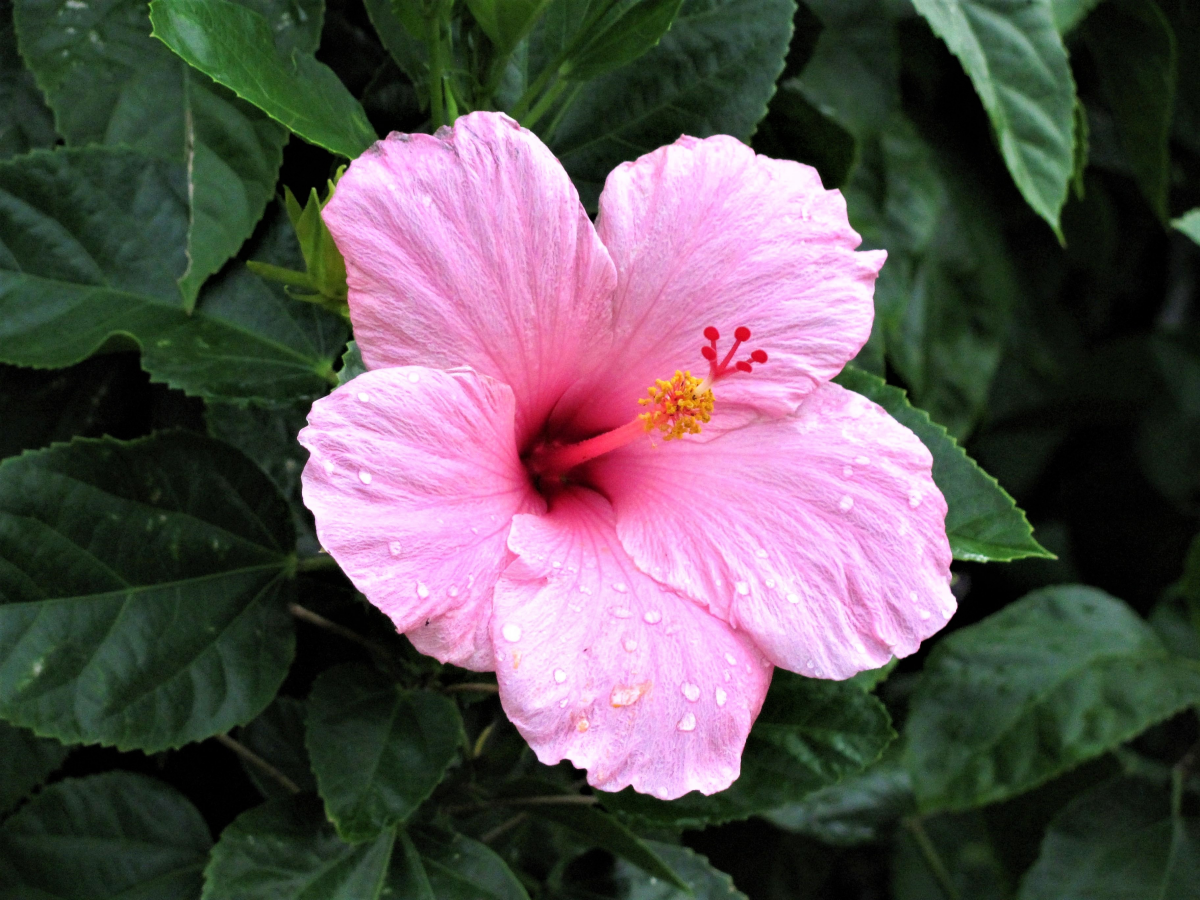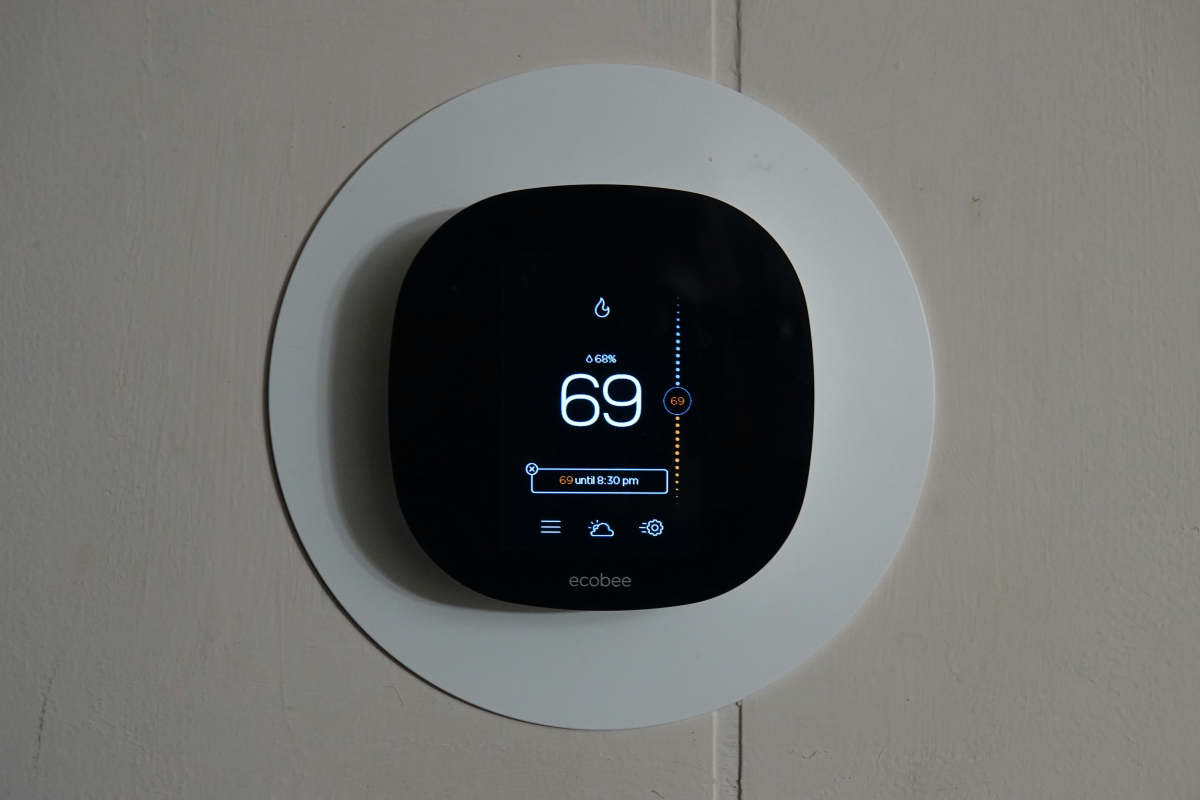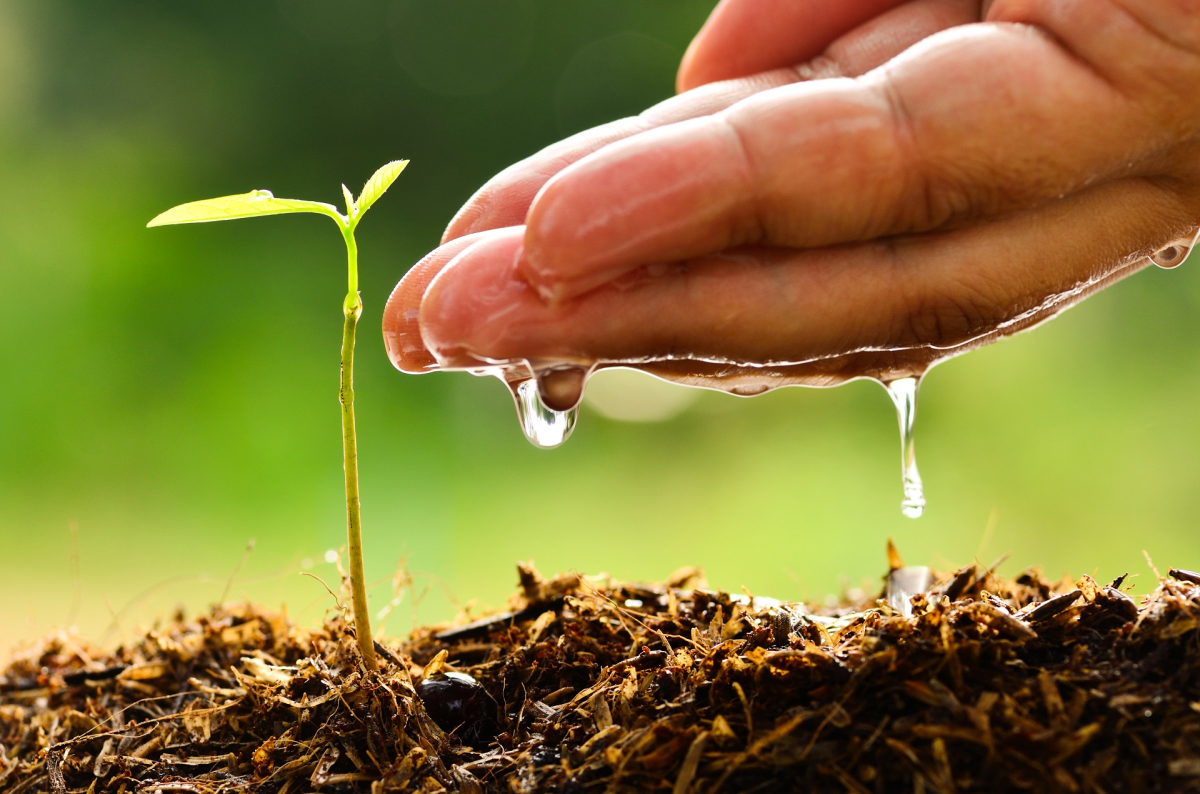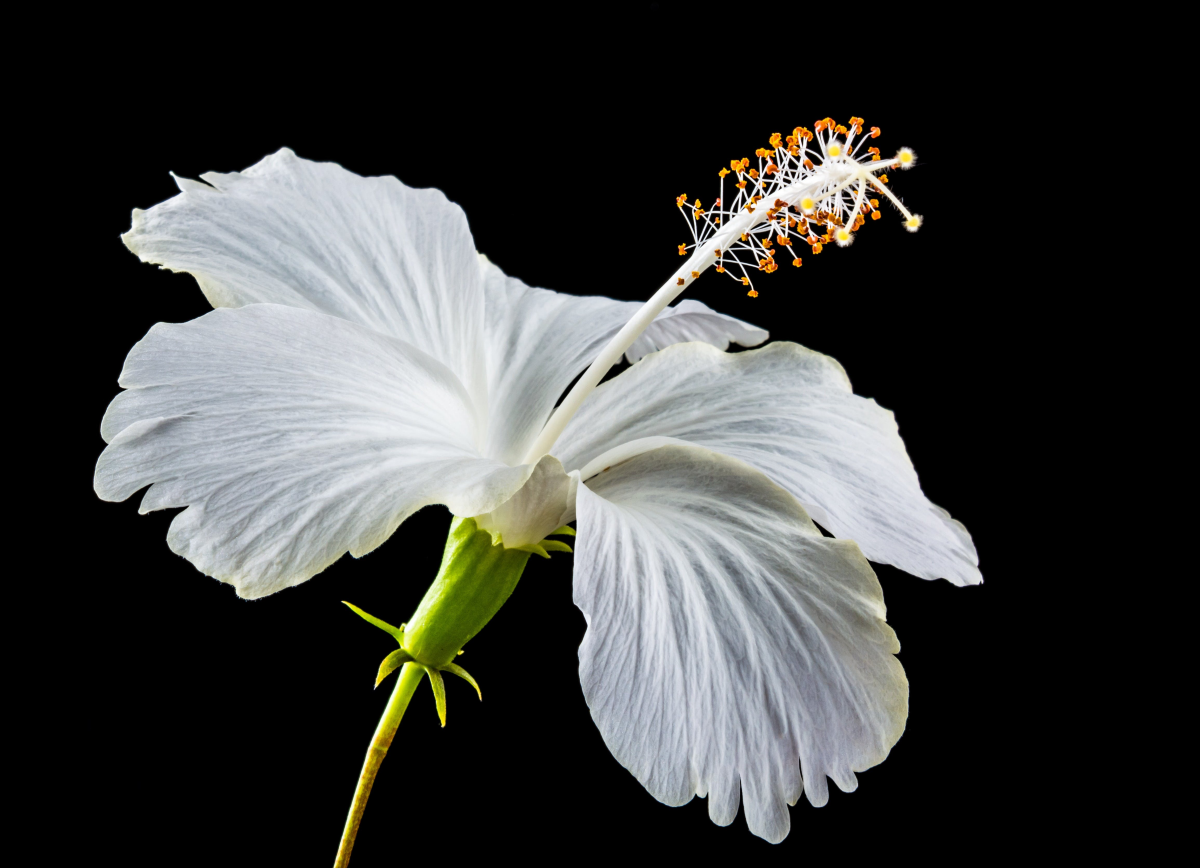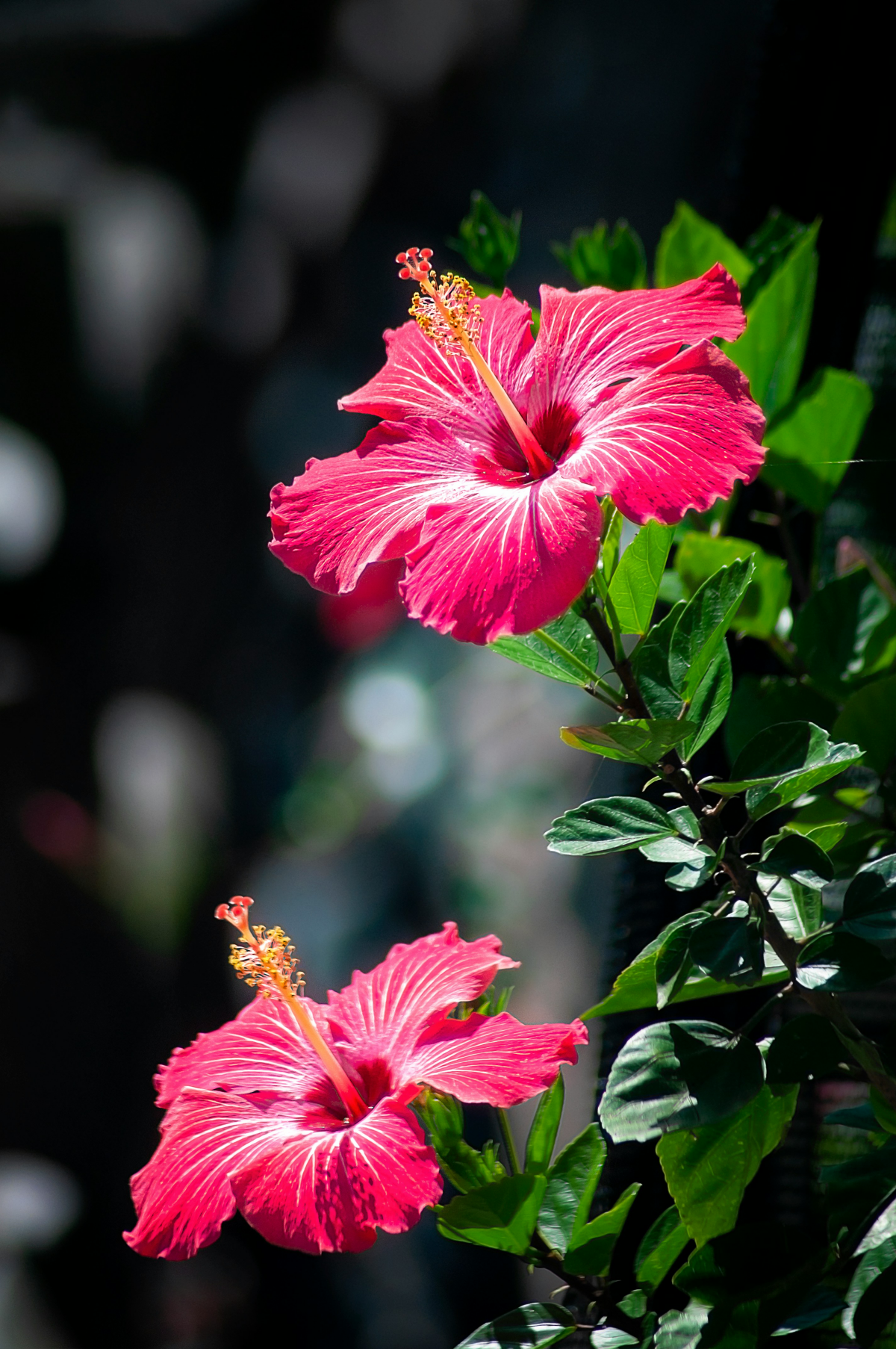How To Winterize A Hibiscus: 10 Essential Gardening Tips
Winter casts a spell over our gardens, transforming them with a quiet hush. But for garden enthusiasts, this season is more than just a time of aesthetic change. It’s a period of preparation and protection, especially for those tender tropical plants like the hibiscus. This vibrant, flamboyant flower, known for its large, colorful blooms, requires special care as the temperatures dip. Winterizing your hibiscus isn’t just about survival. It is about ensuring that when spring’s warmth rolls back around, your plant bursts back into life with the same, if not more, vigor and beauty. This process, while seemingly daunting, is an act of nurturing, ensuring your hibiscus remains a showstopper in your garden. Today, we will teach you everything you need to know on how to properly winterize a hibiscus plant.
This vibrant flower requires special care as the temperatures dip
In this article
How To Winterize a Hibiscus
The hibiscus, with its dinner-plate-sized flowers, might look like it belongs in a tropical paradise, but with a little know-how, it can weather winter’s chill. Winterizing this plant is like bundling up your child for the first frost. It’s a careful blend of protection, love, and foresight. Whether you’re a seasoned gardener or a first-timer charmed by the hibiscus’s allure, understanding how to care for it in the colder months is crucial. So, let’s delve into a step-by-step guide that will see your hibiscus through the frost and into spring’s embrace.
We will show you how to winterize a hibiscus
Know your hibiscus type
Understanding whether your hibiscus is hardy or tropical is crucial for proper winter care. Hardy varieties can withstand colder temperatures and often survive outdoors in winter. In contrast, tropical hibiscuses are more sensitive and need protection from the cold. It’s like distinguishing whether your plant prefers a snowsuit for harsh winters or a light sweater for milder climates. Identifying your hibiscus type ensures you provide the right level of care. For those with hardy hibiscuses, winter might mean a bit of mulching and pruning. For tropical varieties, it involves a move indoors. This step is about adapting your care to meet the specific needs of your plant, ensuring it not only survives but thrives, regardless of its type.
Understanding whether your hibiscus is hardy or tropical is crucial
Bring the tropics indoor
If you’re tending to a tropical hibiscus, moving it indoors before the first frost is essential. Select a spot in your home where it can receive bright, but indirect sunlight. Just like a cat seeking a warm sunbeam, your hibiscus needs light, but not direct exposure, which can be too intense. The ideal location mimics the plant’s natural environment, offering warmth and light without the harshness of direct sun. This step is about creating a micro-environment that caters to the tropical nature of your hibiscus, ensuring it continues to flourish even as the outdoor temperatures drop. It’s a transition from the garden to a cozy indoor setting, where your hibiscus can continue to grow.
To winterize a hibiscus, select a spot in your home
Temperature control
Hibiscuses, particularly the tropical varieties, prefer a warm and stable environment. Maintain a consistent indoor temperature, ideally between 55-70°F, to keep your hibiscus comfortable. It’s akin to providing a warm, stable environment for a guest accustomed to tropical climates. Avoid placing your plant near cold drafts or heat sources, as extreme temperature fluctuations can stress the plant. Consistent warmth is key, offering your hibiscus a stable, comfortable setting that offsets the cold outside. This step in winterizing your hibiscus is about ensuring the temperature mirrors the warm, stable conditions the plant thrives in, providing a haven from the winter chill.
Tropical hibiscuses prefer a warm and stable environment
Water wisely
In winter, your hibiscus’s need for water decreases. Water the plant just enough to keep the soil lightly moist, but be wary of overwatering. The soil should feel like a well-wrung sponge – damp but not waterlogged. This careful watering is similar to brewing the perfect cup of tea, where balance is essential. Too little water and the plant dries out. Too much, and you risk root rot. Regularly check the soil’s moisture level and adjust your watering schedule accordingly. This step is about understanding and responding to the reduced water needs of your hibiscus during the cooler months, ensuring it receives just the right amount of hydration.
Water the plant just enough to keep the soil lightly moist
Humidity matters
Hibiscuses thrive in humid environments. If your home’s air is dry, particularly in winter, consider using a humidifier or setting up a pebble tray with water near the plant. This step is akin to creating a miniature spa environment that caters to the hibiscus’s love for moisture. The goal is to increase the surrounding air’s humidity, mimicking the tropical conditions the plant adores. A humidifier can evenly distribute moisture in the air, while a pebble tray provides localized humidity as the water evaporates. This aspect of winter care is about tailoring your indoor environment to meet the humidity needs of your hibiscus, ensuring it remains healthy and vibrant.
Hibiscuses thrive in humid environments
Prune with purpose
Before bringing your hibiscus indoors, it’s advisable to give it a light prune. This is like giving your plant a tidy haircut, helping it to conserve energy and focus on maintaining its health during the winter. Remove any dead or yellowing leaves and trim back overly long or leggy branches. This selective pruning helps the hibiscus direct its resources to the healthiest parts, encouraging a robust comeback in the spring. It’s a step that not only tidies up the plant, but also strategically prepares it for its indoor winter stay, ensuring it remains as healthy as possible during its dormant period.
It’s advisable to give it a light prune before you winterize a hibiscus
Fertilize thoughtfully
During the winter, your hibiscus enters a resting phase and requires less fertilizer. A light application of a balanced, water-soluble fertilizer every few weeks is sufficient. It’s similar to adjusting a diet according to activity level. In winter, the hibiscus’s growth slows, and its nutritional needs decrease. Over-fertilizing can lead to an accumulation of salts in the soil, potentially harming the plant. This step is about providing just enough nourishment to support the hibiscus without overwhelming it, ensuring it stays healthy but not overstimulated during its winter rest.
Water-soluble fertilizer every few weeks is sufficient
Pest patrol
Indoor environments can sometimes encourage pests like aphids and spider mites. Regularly inspect your hibiscus for signs of infestation, particularly under leaves and near new growth. If pests are present, treat the plant with insecticidal soap or neem oil, which are effective yet gentle on the plant. Think of this as playing detective, keeping a vigilant eye out for any signs of trouble and addressing them promptly. Pest management is an essential aspect of winter care, ensuring that your hibiscus remains healthy and pest-free while indoors.
Indoor environments can sometimes encourage pests
Gradual reintroduction
As winter ends and temperatures begin to rise, prepare to move your hibiscus back outdoors. However, do this gradually to acclimate the plant to the changing conditions. Start by placing it outside for a few hours each day, gradually increasing its time outdoors over a week or two. This careful transition is like acclimatizing to a hot bath, slowly adjusting to the change in environment. It helps prevent shock, which can occur if the plant is moved from a stable indoor environment to varying outdoor conditions too quickly. This step is crucial in ensuring a smooth transition back to outdoor life, setting your hibiscus up for a thriving growing season.
As winter ends, start preparing to move your hibiscus back outdoors
Be watchful
Throughout the winter, monitor your hibiscus, adjusting its care as needed. Each plant is unique and may have slightly different requirements. Pay attention to signs of stress, such as drooping leaves or discoloration, and adjust care accordingly. This ongoing observation is an integral part of plant care, akin to tuning into the specific needs and responses of your hibiscus. Being attentive and responsive to your plant’s condition throughout the winter ensures that you can address any issues promptly, maintaining its health and vigor in readiness for spring.
Monitor your hibiscus throughout the winter
Winterizing your hibiscus is a blend of science, art, and, most importantly, patience. As the winter months unfurl, your careful attention will ensure that your tropical beauty remains healthy, poised for a spring and summer of vibrant growth and blooming. So, as you sip your hot cocoa and watch the snowflakes dance outside, rest assured that your hibiscus, snug and secure, is dreaming of warmer days to come. Remember, gardening is not just about growing plants. It’s about growing connections – with nature, with ourselves, and with the rhythm of the seasons.
Now you know how to winterize a hibiscus
Related Articles
- How To Winterize Mums: Key Techniques Every Gardener Should Know
- Beat The Cold! Here Is How To Easily Winterize Rosemary
- How To Winterize Lavender So It Thrives and Survives
- Your Guide To Successful Winter Gardening: 6 Essential Tasks
- Hidden Gems: Here Are The Best Outdoor Winter Plants For Your Garden



